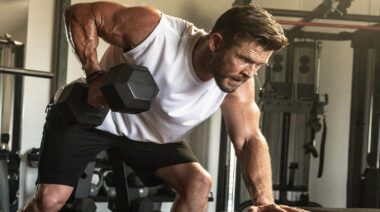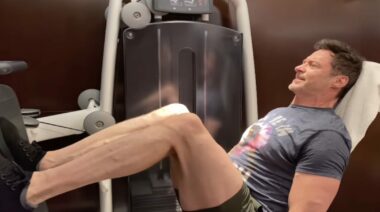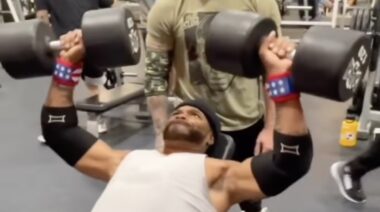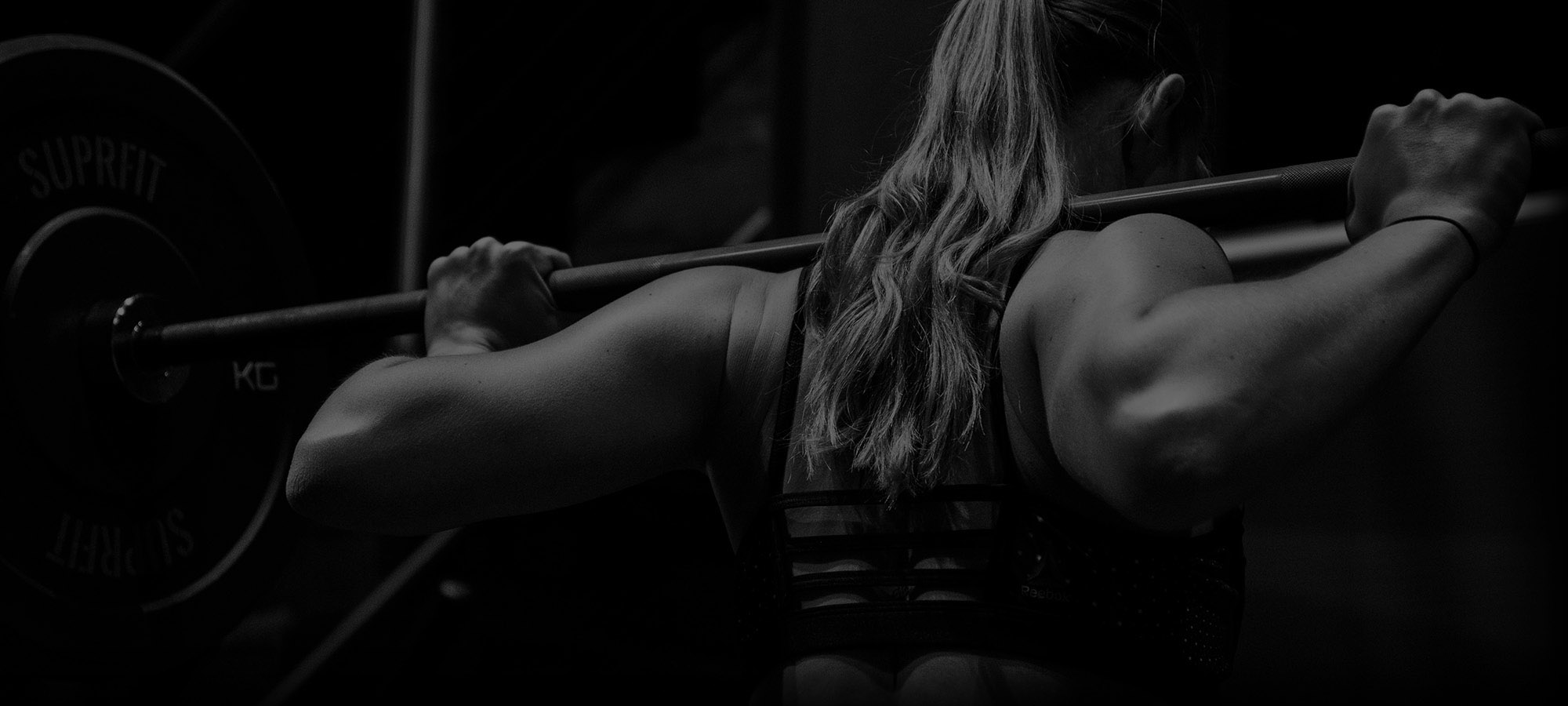Post-activation potentiation (PAP) is one method athletes and coaches sometimes use to improve performance. PAP is when an athlete uses an intense exercise prior to an actual performance to boost their ability. For example, to improve your back squat numbers, you would perform a quick set of back squats with a heavier load first, so that afterward you will be stronger and perform better.
In the above example, the PAP exercise was the back squat and the actual performance exercise was the same. But PAP can be effective even if the two exercises are different, so long as they work similar muscles. A PAP exercise that works the quads might also work to make your back squat stronger. But a more complex exercise like sprinting is a different animal altogether, and using PAP to improve exercises like these can be trickier. A study this month in the Journal of Strength and Conditioning Research covered just that topic.
There are numerous variables that contribute to the success (or lack thereof) of a PAP protocol. The similarity between the PAP exercise and the one following it is of major importance. The rest period between the two is another critical factor. The strength of the athlete could also influence the results, and the complexity of the second exercise probably influences the outcomes. Each of these factors were amongst the key issues looked at by the researchers in this study.
When I say that the complexity of the sprint might be a factor, I mean that it’s an exercise that depends so much on technique for fast times that it may simply not get a PAP effect, or benefit much from one. If an athlete were not an experienced sprinter, the different results based on technique training alone from one test to the next might be night and day, which could confuse the results of a PAP study. Indeed, prior research on the topic has been mixed, which was one reason this study was needed.
The researchers in this study used different types of PAP exercises to test on a group of athletes. To avoid the above variations between tests, the athletes chosen were experienced sprinters. Each of them performed different PAP exercises randomly on different days. For the PAP exercises, the athletes did an isometric (not moving) maximal knee extension hold, a maximal isometric back squat hold, and a regular full range of motion back squat using 90% of their max. On one of the days they did no PAP exercises at all. After each one of the PAP options, they sprinted for ten, twenty, or thirty meters.
The idea of the study was to find the differences in each of these PAP programs on sprinting performance. There turned out to be no differences for the group as a whole, although there were differences on the individual level. Not only was there no difference between the different PAP protocols, but there was also no difference on the day the athletes didn’t even use PAP.
There are many possible reasons for the lack of any PAP effect. Perhaps the rest period of four minutes between the PAP and the sprinting was too short. Or perhaps, although the athletes were experienced sprinters, they were not experienced squatters, which limited the potential benefits. Whatever the reason, there were no significant results.
This study still provides good information, though. A lack of results is itself a result. We now know that each athlete should be tested individually for a PAP effect, but on average, when it comes to sprinting, standard PAP methods seem to be ineffective with a short rest.
References:
1. Julian Lin, et. al., “Effects of Isometric and Dynamic Postactivation Potentiation Protocols on Maximal Sprint Performance,” Journal of Strength and Conditioning Research, 27(10), 2013.
Photo courtesy of Shutterstock.






